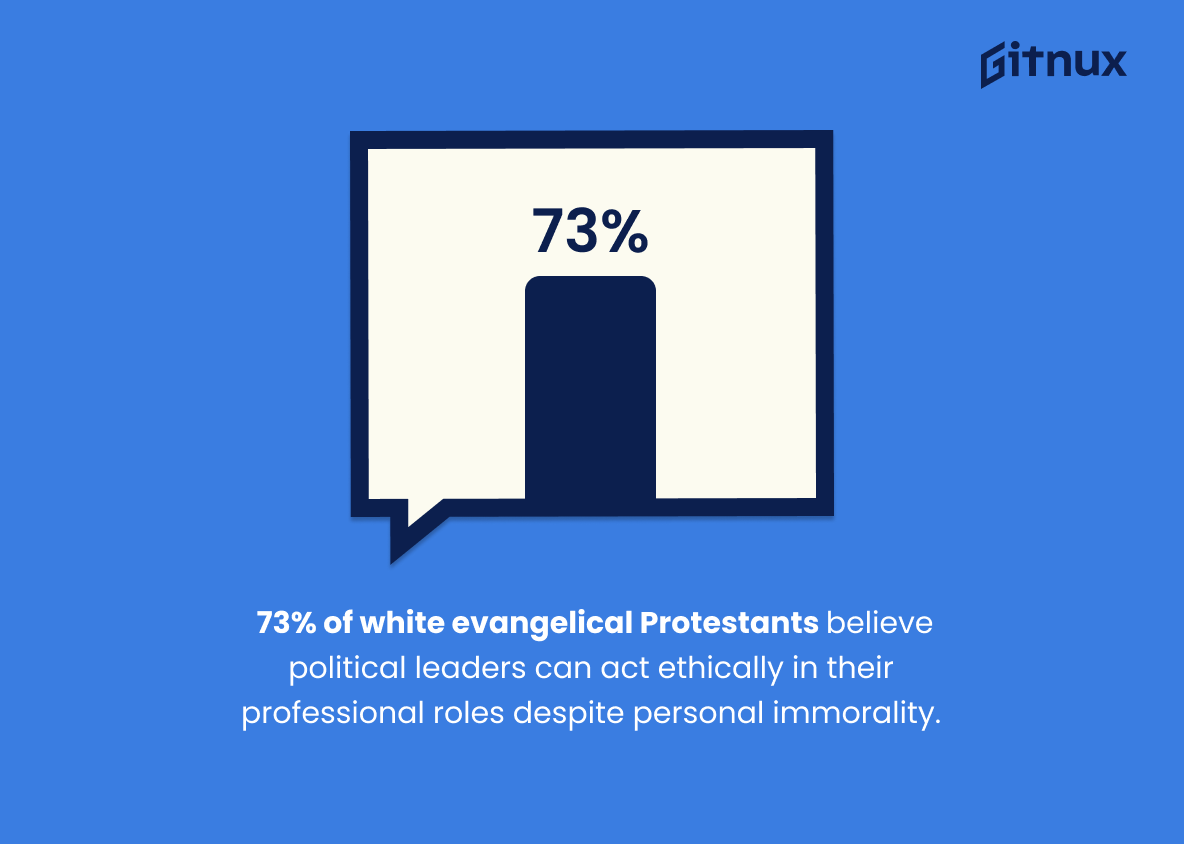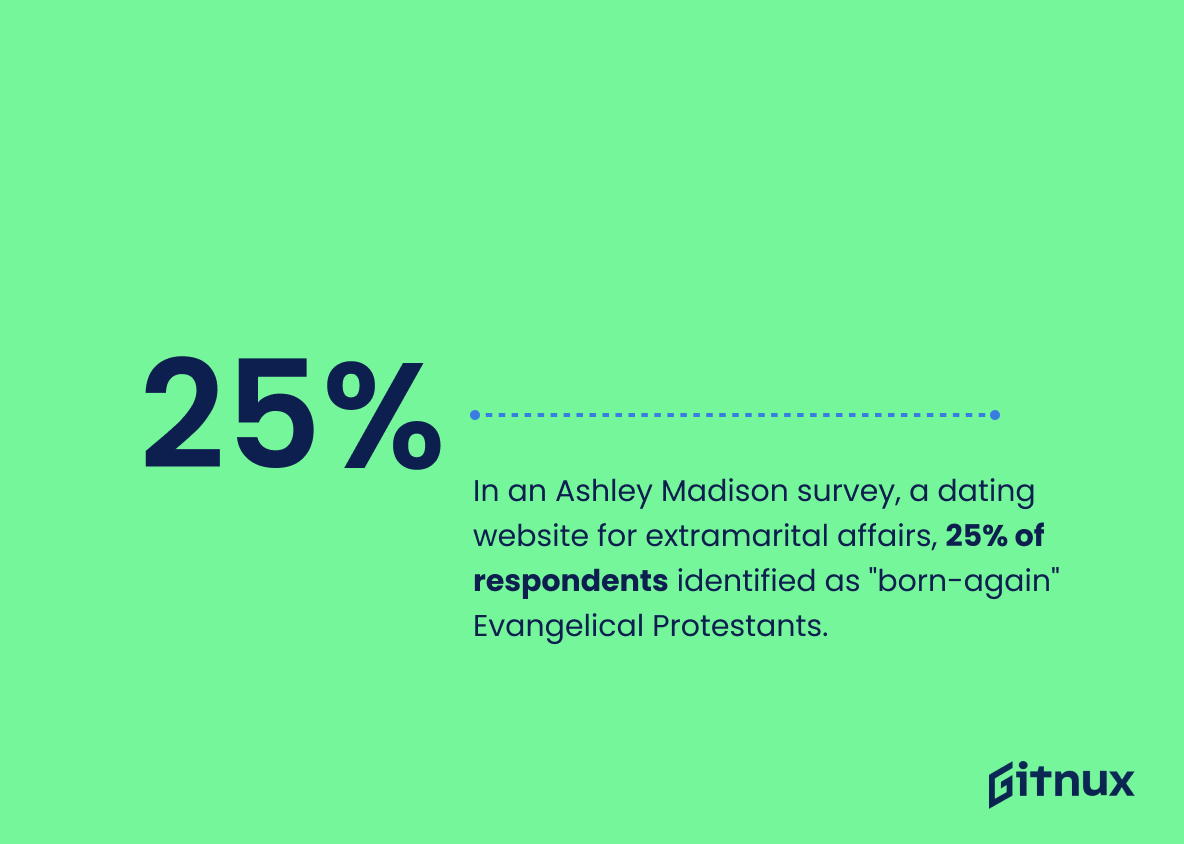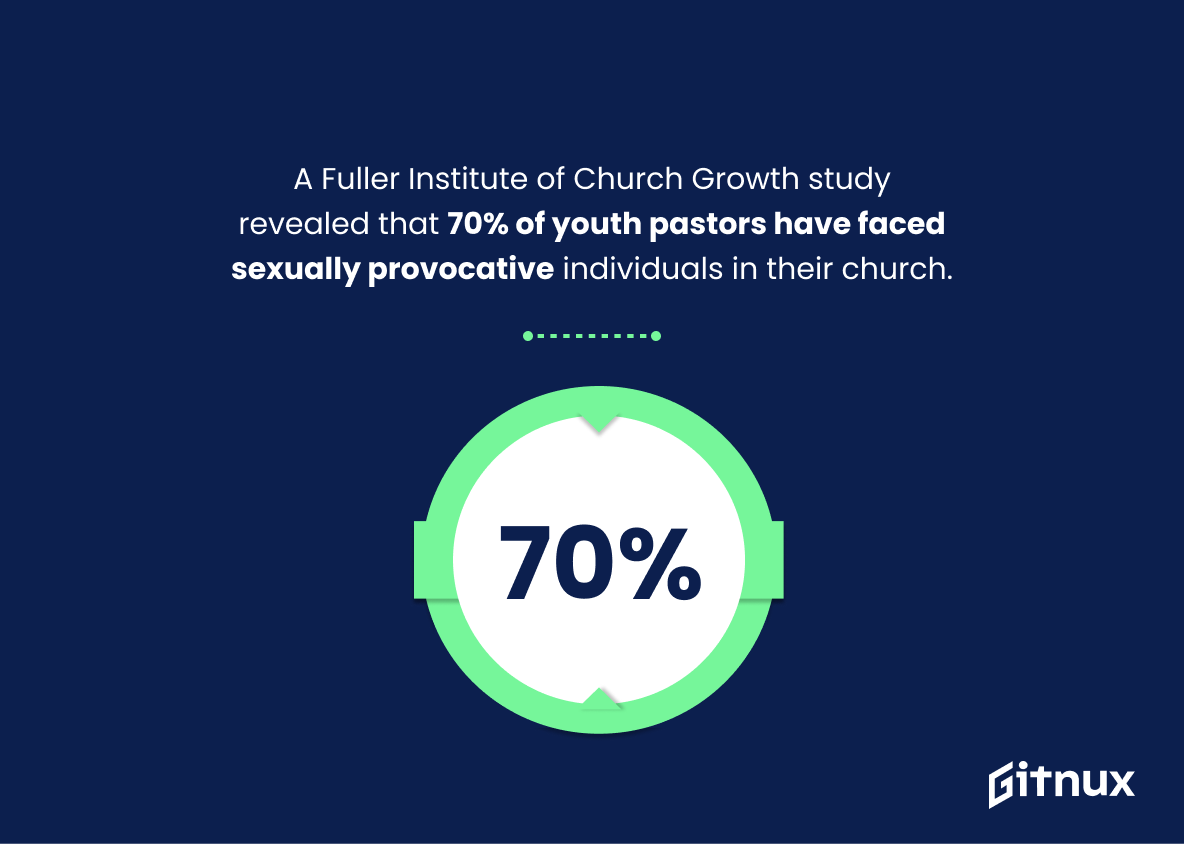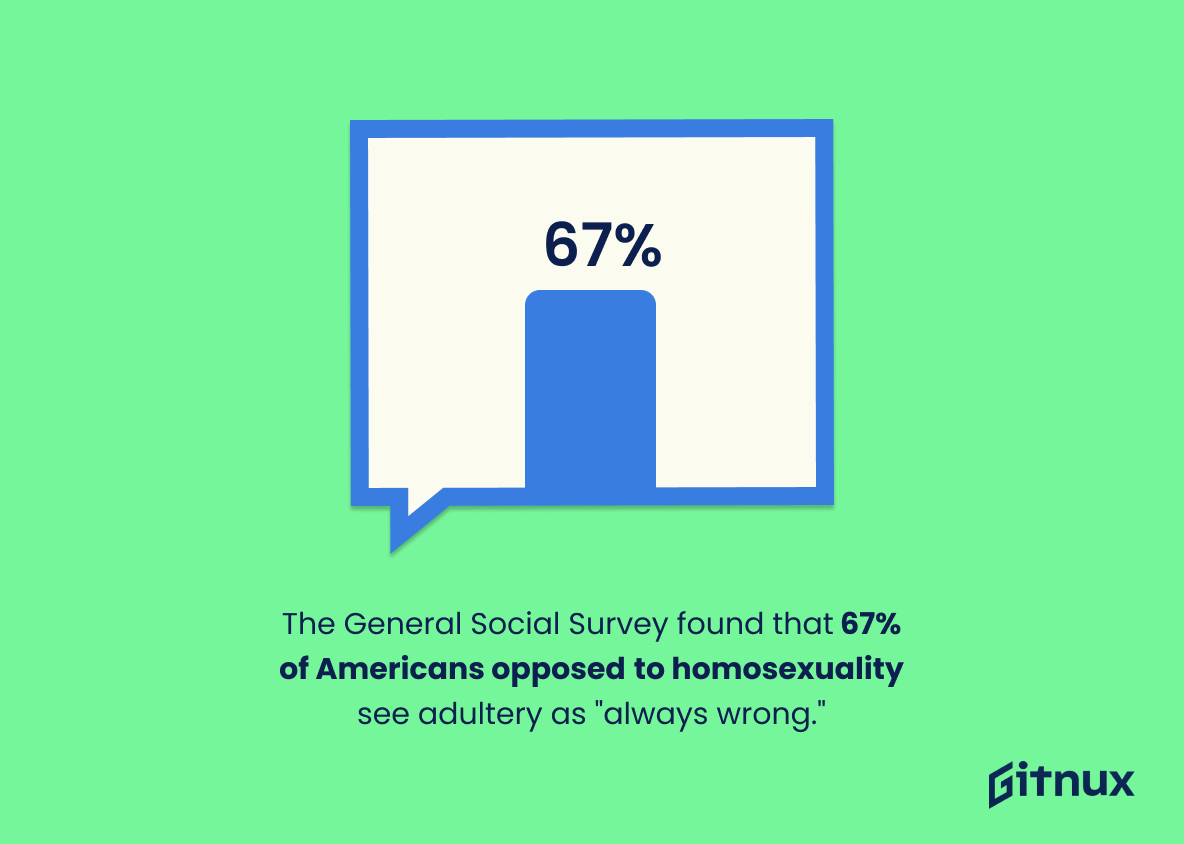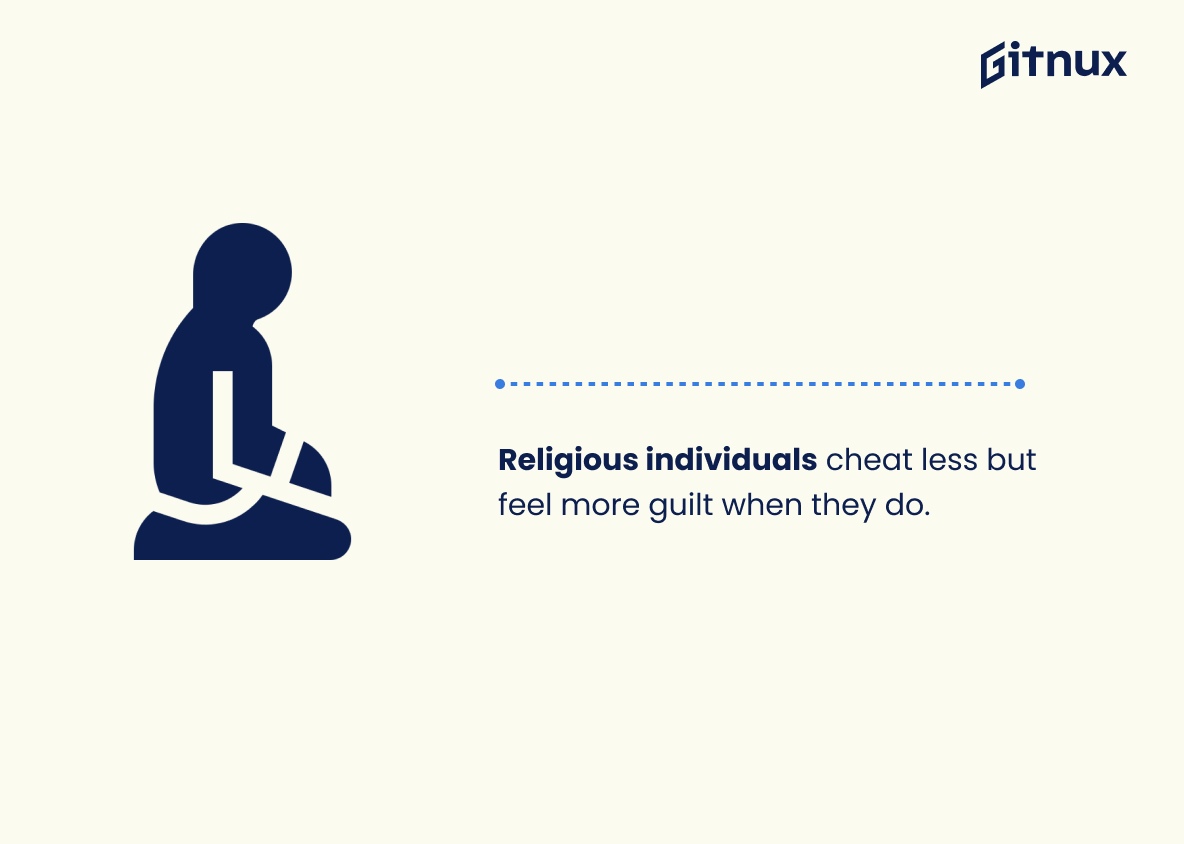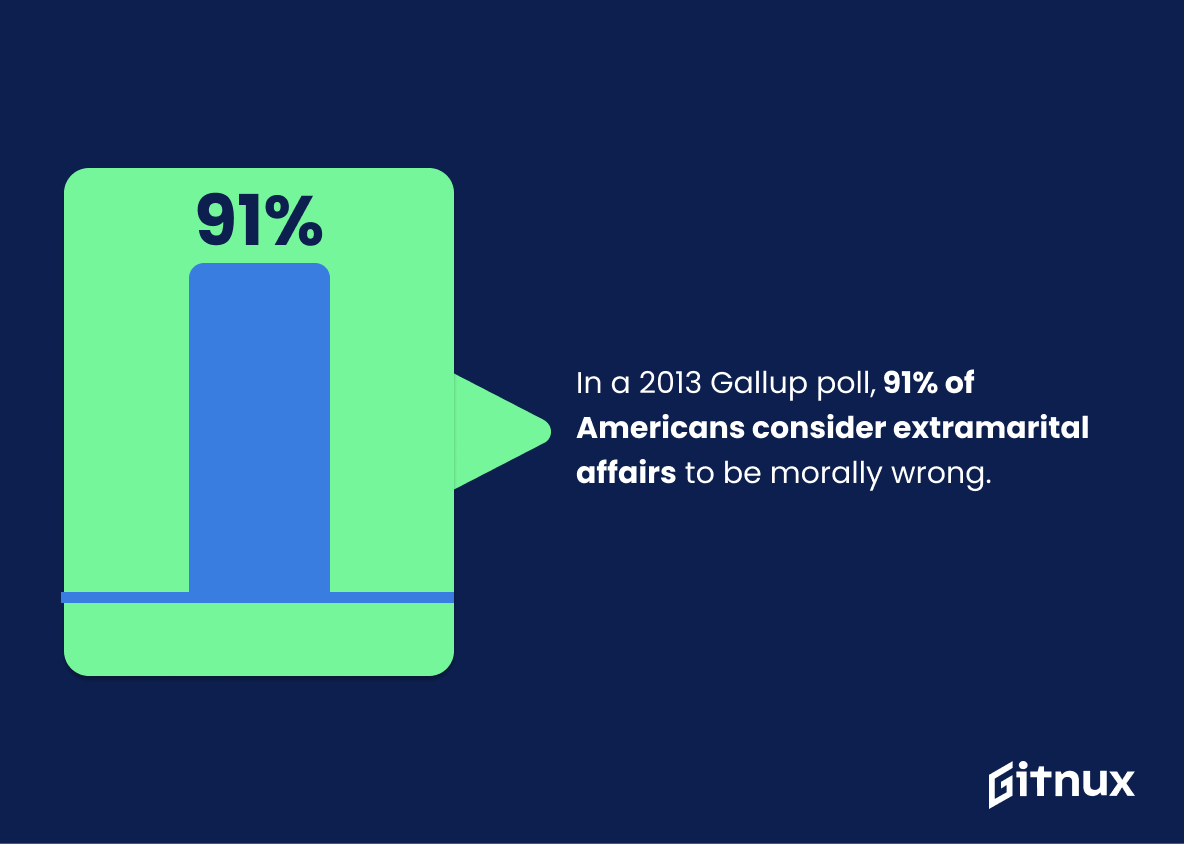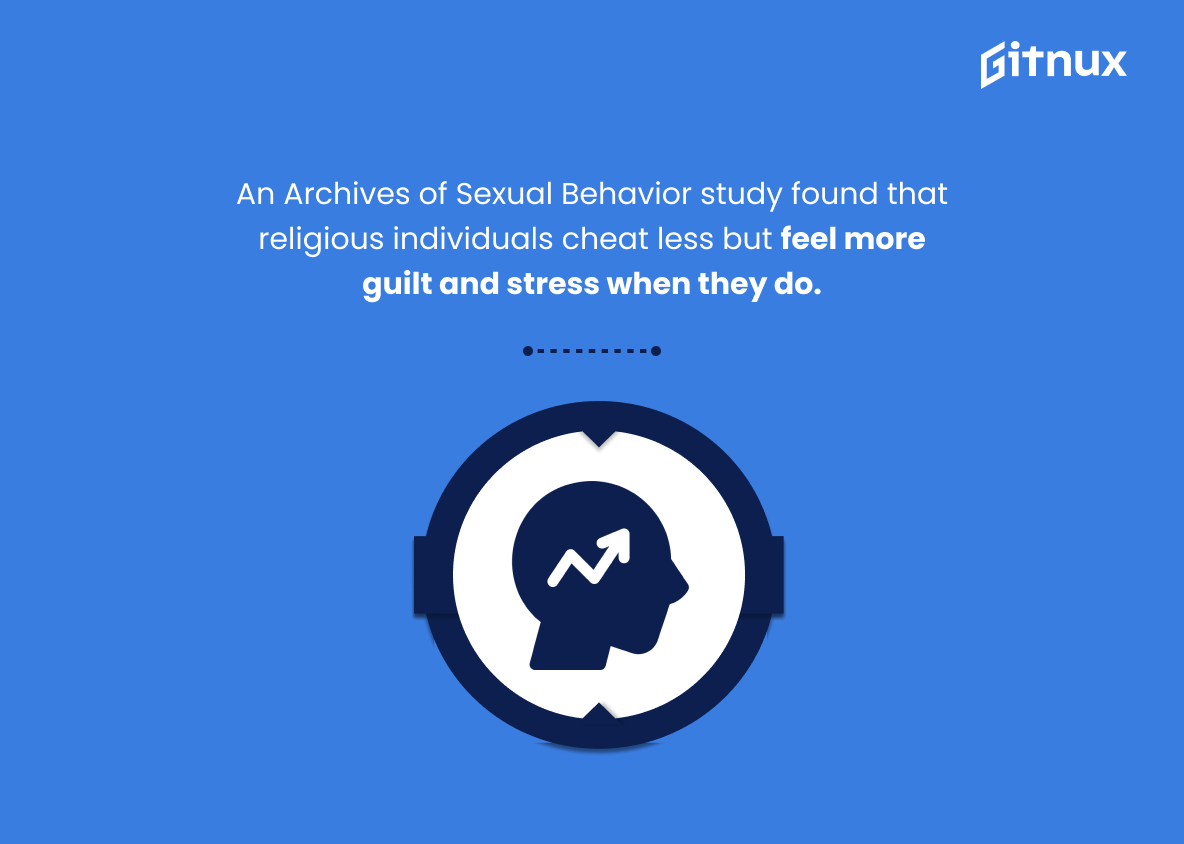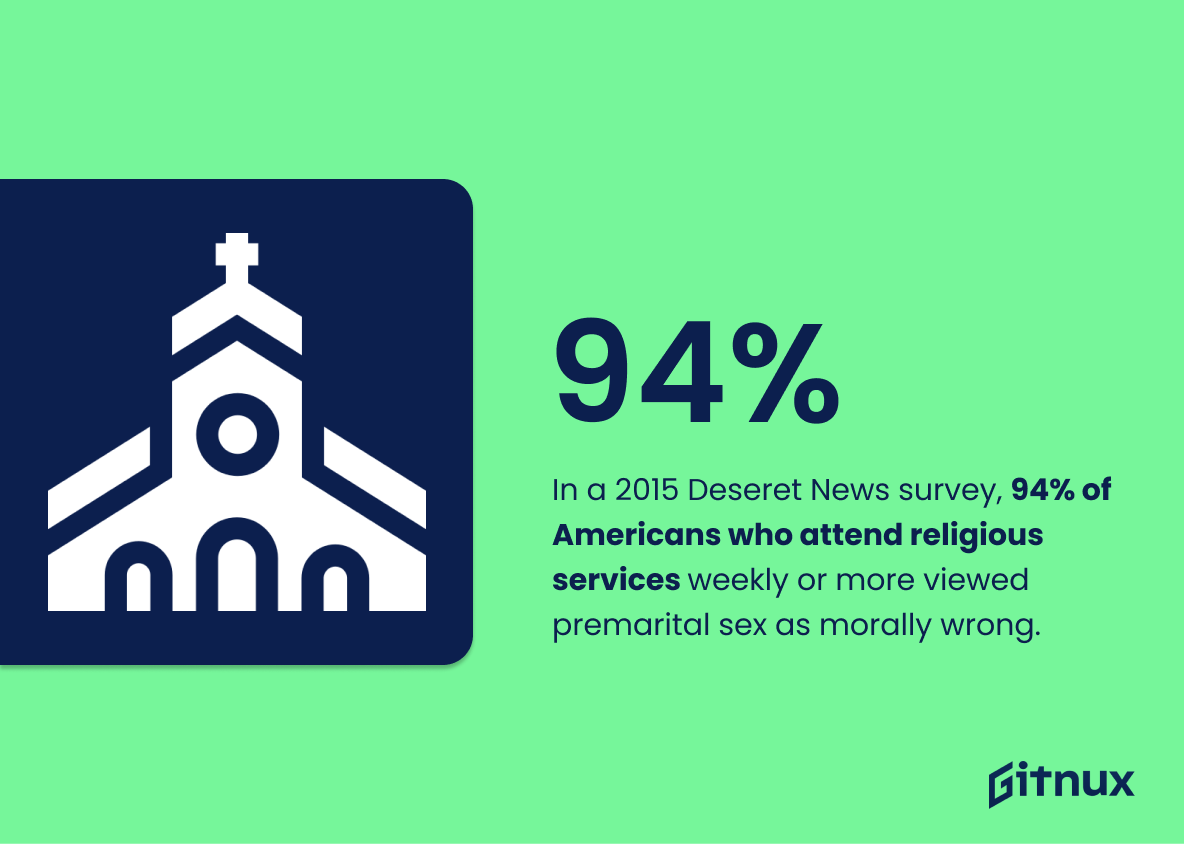Adultery in the church is a serious issue that has been gaining attention in recent years. This blog post will explore some of the statistics related to adultery and pornography within Christian communities, as well as how religious beliefs affect attitudes towards infidelity. According to a research conducted by Barna Group, 64% of U.S. Christian men and 15% of U.S. Christian women admitted to watching pornography 12 times a year; 25% of pastors admit they are currently battling with pornography or sexual addiction according to Focus on the Family survey; 33% clergy stated they had visited sexually explicit websites according to Christianity Today survey; 51% believe adultery disqualifies someone from serving ministry for life while 31 % think restoration is possible based on LifeWay Research study; 89-97 percent consider it immoral depending if adults have evangelical beliefs or not respectively per another LifeWay Research study; 23-19 percent ever cheated among general population males/females respectively per American Psychological Association study ; 73 percent white evangelicals say political leader can still behave ethically professionally despite personal immorality via Public Religion Research Institute Study ; 25 percent born again Evangelicals identified themselves Ashley Madison Survey (dating website); 64 Americans said extramarital sex morally unacceptable 19 religion most important source moral guidance Pew Research Center poll ; 50 20 male female addicted porn National Organization Christian Church Leaders report ; 70 youth pastors approached sexually provocative person Fuller Institute Church Growth data shows , 67 oppose homosexuality always wrong General Social Survey found , 91 Gallup Poll considered extramarital affairs morally wrong 2013 , 10 9 decreased 1985 2008 church attendees Pennsylvania State University discovered Archives Sexual Behavior people identify religious less likely cheat partners experience guilt stress more NCBI concluded Deseret News 94 premarital sex weekly attenders Ed Stetzer 57 secret sin confessed . These statistics provide insight into how prevalent these issues are within churches today, and what steps need be taken address them effectively going forward
This statistic is a stark reminder of the prevalence of adultery in the church. It shows that even those who are meant to be spiritual leaders are not immune to the temptations of sexual sin. It is a sobering reminder that no one is above the struggle against adultery and that it is a battle that must be fought on all fronts.
In a 2002 Christianity Today survey, 33% of clergy stated that they had visited a sexually explicit website.
This statistic is a stark reminder of the prevalence of adultery in the church. It shows that even those who are supposed to be the moral compass of the church are not immune to the temptation of infidelity. It is a sobering reminder that no one is above the temptation of adultery, and that it is a problem that needs to be addressed.
Adultery In The Church Statistics Overview
A study published by the American Psychological Association found that 23.4% of men and 19.1% of women in the general population have ever cheated on their spouses.
This statistic is a powerful reminder of the prevalence of adultery in the general population, and serves as a stark warning to the church that it is not immune to this issue. It highlights the need for the church to be proactive in addressing the issue of adultery, and to ensure that its members are aware of the risks and consequences of such behavior.
A study by the Public Religion Research Institute found that 73% of white evangelical Protestants believe that a political leader who commits an immoral act in their personal life can still behave ethically in their professional capacity.
This statistic is highly relevant to the discussion of adultery in the church, as it demonstrates the leniency that white evangelical Protestants have when it comes to the moral conduct of political leaders. It suggests that, even if a leader has committed an immoral act in their personal life, they can still be trusted to act ethically in their professional capacity. This could be seen as a sign of forgiveness and understanding, which could be beneficial in the context of adultery in the church.
According to a survey conducted by Ashley Madison, a dating website for people seeking extramarital affairs, 25% of respondents identified themselves as “born-again” Evangelical Protestants.
This statistic is a telling indication of the prevalence of adultery in the church. It suggests that even among those who identify as “born-again” Evangelical Protestants, a quarter of them are engaging in extramarital affairs. This statistic serves as a stark reminder of the need for greater awareness and understanding of the issue of adultery in the church.
In a study by the Pew Research Center, 64% of Americans said that extramarital sex is morally unacceptable, and 19% said that religion is the most important source of moral guidance.
This statistic is a powerful indicator of the moral stance of Americans on the issue of adultery. It shows that a majority of Americans view extramarital sex as morally unacceptable, and that a significant portion of the population looks to religion as a source of moral guidance. This information is pertinent to a blog post about Adultery In The Church Statistics, as it provides insight into the attitudes of the public on the matter.
A study conducted by the Fuller Institute of Church Growth indicates that 70% of youth pastors have been approached by a sexually provocative person in the church.
This statistic is a stark reminder of the prevalence of adultery in the church. It shows that even those in positions of spiritual leadership are not immune to the temptations of sexual sin. It is a sobering reminder that the church must remain vigilant in its efforts to protect its members from the dangers of adultery.
According to a 2010 Baylor Religion Survey, there is a significant relationship between weekly church attendance and a decreased likelihood of infidelity.
This statistic is a powerful indicator of the impact of church attendance on the likelihood of infidelity. It suggests that those who attend church on a regular basis are less likely to be unfaithful, providing a strong argument for the importance of religious involvement in maintaining healthy relationships. This data can be used to inform and encourage churchgoers to continue attending services, as well as to encourage those who are not currently attending to consider doing so. Ultimately, this statistic serves as a reminder of the importance of faith in helping to prevent adultery in the church.
A study by the National Center for Biotechnology Information found that religious individuals are less likely to cheat on their romantic partner but are more likely to experience guilt.
This statistic is a powerful reminder that, despite the prevalence of adultery in the church, religious individuals are still more likely to remain faithful to their partners. It also highlights the fact that, even when they do stray, religious individuals are more likely to feel guilt and remorse for their actions. This serves as a reminder that, while adultery is a serious issue in the church, it is not an inevitable one.
The General Social Survey found that 67% of Americans opposed to homosexuality consider adultery to be “always wrong.”
This statistic is significant in the context of a blog post about Adultery In The Church Statistics because it demonstrates the strong moral stance that many Americans take against adultery, even if they are not as opposed to homosexuality. It shows that even those who are not necessarily opposed to homosexuality still consider adultery to be a serious moral issue. This indicates that adultery is still seen as a major transgression in the eyes of many Americans, regardless of their views on homosexuality.
In a 2013 Gallup poll, 91% of Americans consider extramarital affairs to be morally wrong.
This statistic serves as a powerful reminder that adultery is still widely viewed as a moral wrong in the eyes of the American public. It is a stark reminder that the Church should take a firm stance against adultery and strive to uphold the moral values of its members. This statistic is a testament to the fact that adultery is still seen as a serious offense and should be treated as such.
A study in the Archives of Sexual Behavior found that people who identify as religious are less likely to cheat on their partners but may experience more guilt and stress related to their infidelity.
This statistic is a powerful reminder that, even among those who identify as religious, adultery is still a reality. It highlights the complex emotions that can accompany infidelity, such as guilt and stress, and how these feelings can be compounded by religious beliefs. This statistic is an important reminder that, even in the church, adultery is a reality that must be addressed.
A 2015 survey by Deseret News found that 94% of Americans who attend religious services weekly or more claim that premarital sex is morally wrong.
This statistic is a powerful indicator of the moral stance of religious Americans on premarital sex. It shows that a vast majority of those who attend religious services regularly believe that premarital sex is morally wrong. This is an important piece of information when discussing adultery in the church, as it provides insight into the values and beliefs of those who are most likely to be affected by it.
According to a 2009 Ed Stetzer survey, 57% of pastors reported that sexual addiction is the most often confessed secret sin of church attendees.
This statistic is a telling indication of the prevalence of sexual addiction among church attendees. It highlights the need for churches to provide support and resources to those struggling with this issue, as well as to educate their congregations on the dangers of sexual addiction. It also serves as a reminder that adultery is not the only sin that can be found in the church, and that pastors should be aware of the other issues that their congregants may be facing.
Conclusion
The statistics presented in this blog post demonstrate the prevalence of adultery and pornography among Christian men and women, as well as pastors. The data also reveals that religious attendance is associated with a decreased likelihood of infidelity, while evangelical beliefs are more likely to consider adultery immoral. Additionally, Americans who attend religious services weekly or more often claim premarital sex is morally wrong. Finally, sexual addiction was reported by 57% of pastors to be the most confessed secret sin amongst church attendees. These findings suggest that although there may still be an issue with adultery within churches today, many Christians have strong moral convictions against it which could lead to lower rates in the future if these values continue to be upheld and taught throughout congregations across America.
References
0. – https://www.www.deseret.com
1. – https://www.globalchristiancenter.com
2. – https://www.www.prri.org
3. – https://www.www.pewresearch.org
4. – https://www.www.baylor.edu
5. – https://www.bradhambrick.com
6. – https://www.link.springer.com
7. – https://www.news.gallup.com
8. – https://www.pubmed.ncbi.nlm.nih.gov
9. – https://www.www.huffpost.com
10. – https://www.www.apa.org
11. – https://www.www.christianitytoday.com
12. – https://www.edstetzer.com

